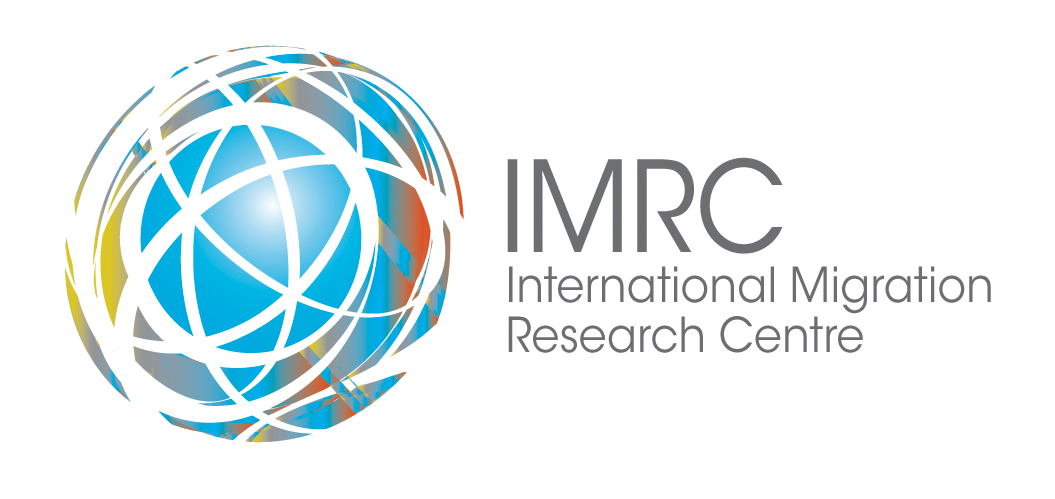Document Type
Report
Publication Date
3-2014
Department
Department of Geography and Environmental Studies
Department
Department of Communication Studies
Abstract
This knowledge synthesis report examines how migrant transition programs (status conversion from temporary to permanent) inform nursing labour force planning. This has significant policy relevance because immigration transition policies add complexity to a) labour force planning in the health sector (Pittman et al., 2007), b) ethical recruitment protocols for international health care workers, c) processes of migrant workforce integration (Blythe et al., 2009; Little & Buchan, 2007), and d) the assessment of structural processes that shape and reproduce migration as a form of gendered state developmentalist policy for sending regions (Valiani, 2012). Nursing offers a lens into how gender and feminized labour markets, and the ’care crisis’ are globalized through international migration (Yeates, 2010). Labour mobility in the nursing sector is also deeply influenced by internal trade and regulator agreements.
Analysis of Citizenship and Immigration Canada (CIC) data suggests that nursing is a profession heavily affected by those transitioning from the Live-in Caregiver Program (LCP) and international student programs (ISP) (Walton-Roberts & Hennebry, 2012). Based on immigration and labour force data, we estimate that about 17,500 Internationally Educated Nurses (IENs) entered Canada in 2011. According to their final visas, the three largest classes by which IENs immigrated were temporary foreign worker (49%), permanent economic immigrant (43%), and family class (3%). We estimate that at least 11% of IENs were initially international students. Most IENs came from a handful of countries, especially the Philippines (56%). IENs are mostly women, between ages 24-44, who moved to Ontario (43%). We determined these results using occupational classifications and educational levels associated with immigrant entries and transitions, as well as labour market opinion (LMO) from Human Resources and Skills Development Canada (HRSDC) and estimated IEN stocks from nursing associations in Canada.
There has recently been a convergence in both regulatory and immigration policy change related to IENs that has had the effect of restricting certain immigration pathways to practice. At the start of 2013 the CNO reduced the safe practice window for IEN registrants from five to three years, a time frame which makes it difficult for LCP visa holders to complete registration. This has combined with a number of immigration policy changes; for example, nursing is not included in CIC’s 2013-14 Federal Skilled Worker Program’s (FSWP) list of eligible occupations, and one of the new requirements for FSWP applicants is a pre-confirmed job offer. This is difficult for IENs, since in order to practice CNO regulations require IENs to have citizenship or permanent resident (PR) status according to the Immigration Refugee Protection Act, which may limit access for some classes of temporary foreign workers who do not have the correct authorization. CNO regulations will also pose a challenge to CIC’s Expression of Interest (EOI) model, which is due to be launched in 2015. EOI allows employers to search a pool of interested skilled potential migrants for a suitable match, but IEN candidates must have a valid visa before CNO will grant them the right to practice. The interactions between regulator and immigration policy changes result in various strengths, weaknesses, threats and opportunities for stakeholder groups; employers, regulators and the profession, migrants and their families, and the Canadian health system.
Recommended Citation
M. Walton-Roberts, J. Guo, K. Williams & J. Hennebry. "Immigration Policy Changes and Entry to Practice Routes for Internationally Educated Nurses (IENs)" (rep., pp. 1-33). Waterloo, ON: International Migration Research Centre.


